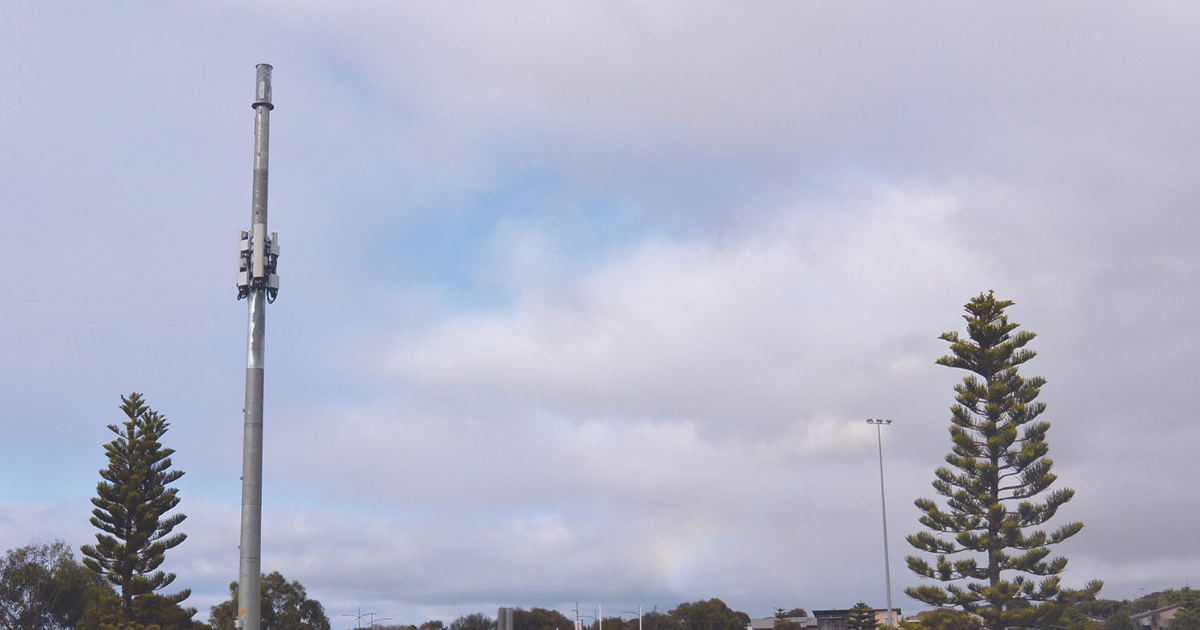Report reveals scale of regional jobs growth
THE Regional Australia Institute (RAI) says the face of regional jobs across the country is changing rapidly, and a plan to meet demand is needed now.
The institute launched its Future of Regional Jobs Report at a summit in Canberra last week.
“What this report shows is the future is extremely bright for job opportunities for regional workers – and a career in the country has never looked so good – but we need to make some changes,” RAI chief executive officer Dr Kim Houghton said.
“We know there are more than 40,000 jobs to fill across regional Australia right now and that figure is set to grow as the workforce landscape changes.
“Regional Australia needs different skills, the types of jobs will change and the role of education will be more critical than ever before.”
According to the report, the Geelong region has a projected job increase of 7,865 by 2023 – the fifth highest region in Australia.
RAI research shows that the impact of the next round of digital automation will vary across regions, but “high-tech”, “high touch”, and “high-care” roles will be at the forefront.
The RAI says automation, the dynamics of regional labour markets, matching local skills with emerging job opportunities and competition between regions for the same workers are all factors regional leaders and governments must look at now to ensure communities can grow.
“People with skills in the in-demand occupations will have plenty of options of where to work. It will be up to regional towns and cities to improve their liveability, so they can present as a great lifestyle option,” Dr Houghton said.
“One of the biggest changes to come is the shift away from primary and secondary industries to service industries – such as the healthcare and social assistance sector.
“By 2023, federal government projections are that regional Australia will need to find more than 85,000 more workers for this industry, and another 28,000 in education. This demand will be felt in most markets.”


















